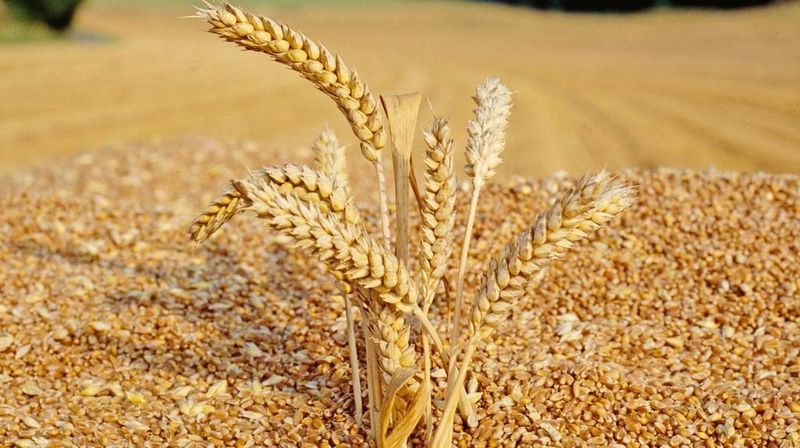The sharp fall in sowings, due to heavy rainfall since the start of the year in France, has resulted in a 20% drop in yields for French farmers. The country’s ability to sell abroad – notably to North Africa, a long-standing buyer of its soft wheat – has been reduced to an absolute minimum in 2024.
“With French production at its lowest level since 1983, at 25.17 million tonnes [Mt], compared with 35 Mt in 2023, the part normally allocated to exports to third-party countries outside Europe is being used more than ever as an adjustment variable,” says Devillers.
He adds that only 4.1 Mt can be allocated to this sector this year, once French human and animal demand has been met, as well as demand for intra-European exports. “During the previous harvest, more than twice as much – 10.2 million tonnes – was available for sales outside the EU [European Union]. There were 13.5 million [tonnes] in 2019, a record year in the last 24 years.”
North Africa, where the demand for wheat continues to grow as a result of a steady increase in its population, from 69 million to 97 million between 2000 and the present day, will therefore have to diversify its suppliers – barely two years after the crisis over Ukrainian wheat supplies.
Concerns about the scarcity of French supplies are being felt further south on the African continent too. In Cameroon, some operators in the sector are wondering what type of wheat they will be able to source this season, according to one logistics professional present at the meeting.
At the same time, Morocco, the main producer of wheat in North Africa, is suffering the consequences of drought for the third year running. The wheat production of Morocco, Algeria and Tunisia combined is set to fall to 5.7 million tonnes in 2024, compared with 7.3 million tonnes in 2023.
According to Argus Media forecasts, “Russian wheat, which accounts for 82.5 million tonnes produced this year and 14.9 million stored, [will] be the main winner from this loss of market share by French producers”. Ukraine, Europe’s historic breadbasket, has also been the victim of adverse weather, although its production has remained virtually equivalent, at 21.7 million tonnes compared to 22.5 million tonnes the previous year. However, Ukrainian stocks have fallen sharply, which will reduce its export capacity.
So who else can North African importers turn to? For Argus Media, Pakistan, which is recording a record harvest, should be closely watched, as should Bangladesh, which has good supplies. It should be noted that Turkey, another wheat-exporting country, has imposed an import ban, until 15 October, in order to favour its domestic producers.
“Lastly, China and India, who are also buyers of Russian wheat, have not shown up on the world market for several months,” says Devillers, who concludes that the price of Russian soft wheat (around $220 per tonne) is particularly competitive at the moment.
For almost 30 years of expertise in the agri markets, UkrAgroConsult has accumulated an extensive database, which became the basis of the platform AgriSupp.
It is a multi-functional online platform with market intelligence for grains and oilseeds that enables to get access to daily operational information on the Black Sea & Danube markets, analytical reports, historical data.
You are welcome to get a 7-day free demo access!!!




